A new documentary called “I AM A DARKROOM” explores the philosophy and practices behind The Sustainable Darkroom’s research into ways of reducing the toxic impact of the traditional photographic industry. Created by Edd Carr and produced by Do Be Do Projects, the film was shot on Super 8 and developed in a mix of coffee and herbs.
The documentary features the following artists who are questioning the status quo and finding sustainable paths forward in photography: Hannah Fletcher, James Sewell, Daisie Jacobs, Matthew Beach, Martha Cattell, Alice Cazenave, and Andrés Pardo Piccone. Lucy Johnson, a music artist, is responsible for creating the “textured soundscape” to accompany the film’s visuals.
The twenty-seven-minute film is free to watch at Do Be Do’s site linked here (after verifying an email address).
“From images developed in household waste to footage printed on waste coffee cups, and pelargonium leaves as a new photographic paper – I AM A DARKROOM pays farewell to the clean, the cut, the slick-ness and stiff-necked of photography old. Instead, we welcome the rough, the ready, the handmade and hands-dirty of our ecological future.” – The Sustainable Darkoom
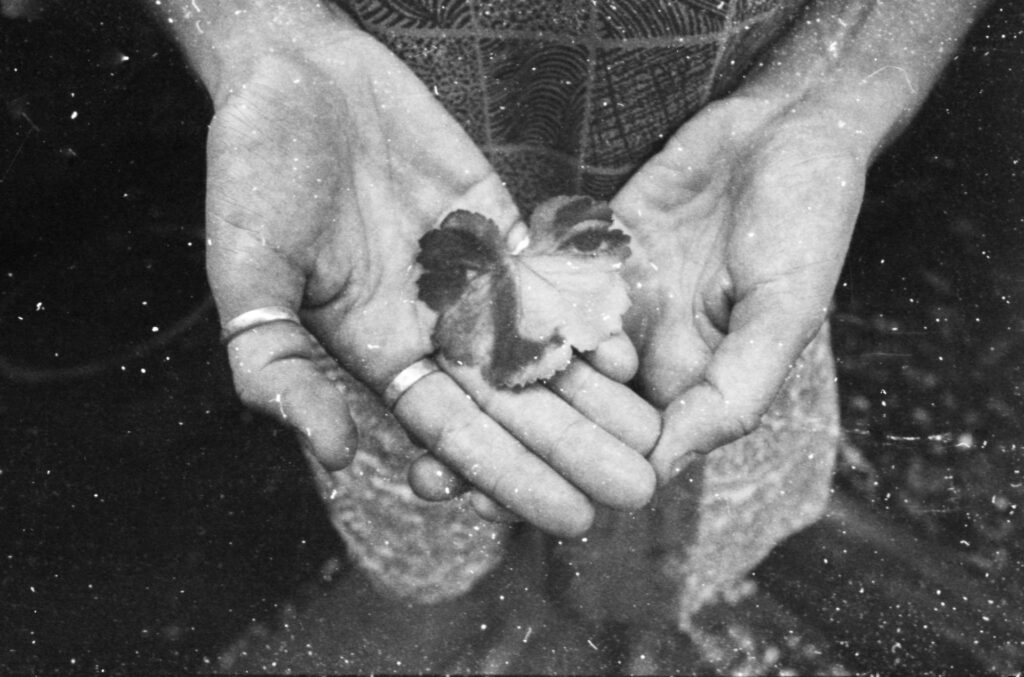
Alongside the documentary, there will be a zine and t-shirt available to purchase. Half the profits from sales will be donated to the Goodheart Animal Sanctuaries.
The Sustainable Darkroom was founded in 2019 by Hannah Fletcher as a research group under the London Alternative Photography Collective. Today it is an independent organisation co-directed by Hannah, Alice Cazenave, and Edd Carr. It is a learning community led by artists that engages in research and training centred around reducing the use of toxic chemicals and animal products in analogue photography.
In addition to running workshops and residencies, The Sustainable Darkroom also publishes materials and books from their research. We reported on their release of “re·source” in 2022 here on 35mmc. Re·source is 198 pages of eco-friendly alternatives to traditional photographic methods. If you would like to read more about that, you can find the article linked below.
Sustainable Darkroom Launches Re·source Book – Blueprint for a Better Future
“From kitchen tables, to at-home darkrooms, and even the dirt outdoors – these artists are challenging toxic legacies to build a new ecology of photography. An ecology not just of sustainable materials, but the political and social entanglements that arise each time you press the shutter.” – The Sustainable Darkoom
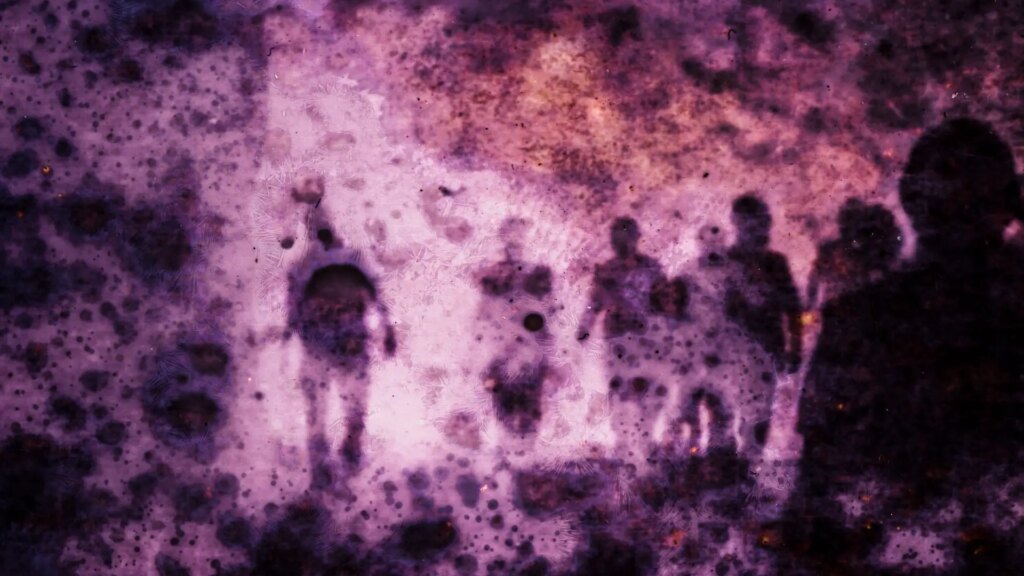
In an interview published on Do Be Do, Edd Carr talks further about the documentary, the journey around sustainable photography, and where it might be heading in the future.
“When he discovered that cow gelatin was an irreplaceable ingredient in film, the idea that the crushed and melted bones of living, thinking, feeling beings were in every image he produced made him start to think about photography as an infinite, wide-reaching set of relations between us and our environment.” – Do Be Do Interview with Edd Carr
Read the full interview on Do Be Do’s website here. At the end of the interview, Edd teased a new book coming soon focused on developers!
Head over to Do Be Do’s website to watch the documentary here.
Find more information about The Sustainable Darkroom on their solar-powered website here. They run a Patreon page if you would like to support their work further. Lastly, you can follow the team on their Instagram page here for updates.
Instagram Handles for “I AM A DARKROOM” Project Members:
Do Be Do Projects @dobedoprojects
Edd Carr @_eddcarr_
Hannah Fletcher @hfletch
James Sewell @failsafefailed
Daisie Jacobs @daisiejacobs
Matthew Beach @matthewjbeach
Martha Cattell @martha.cattell
Alice Cazenave @alice_cazenave_
Andrés Pardo Piccone @curiosolab
Share this post:
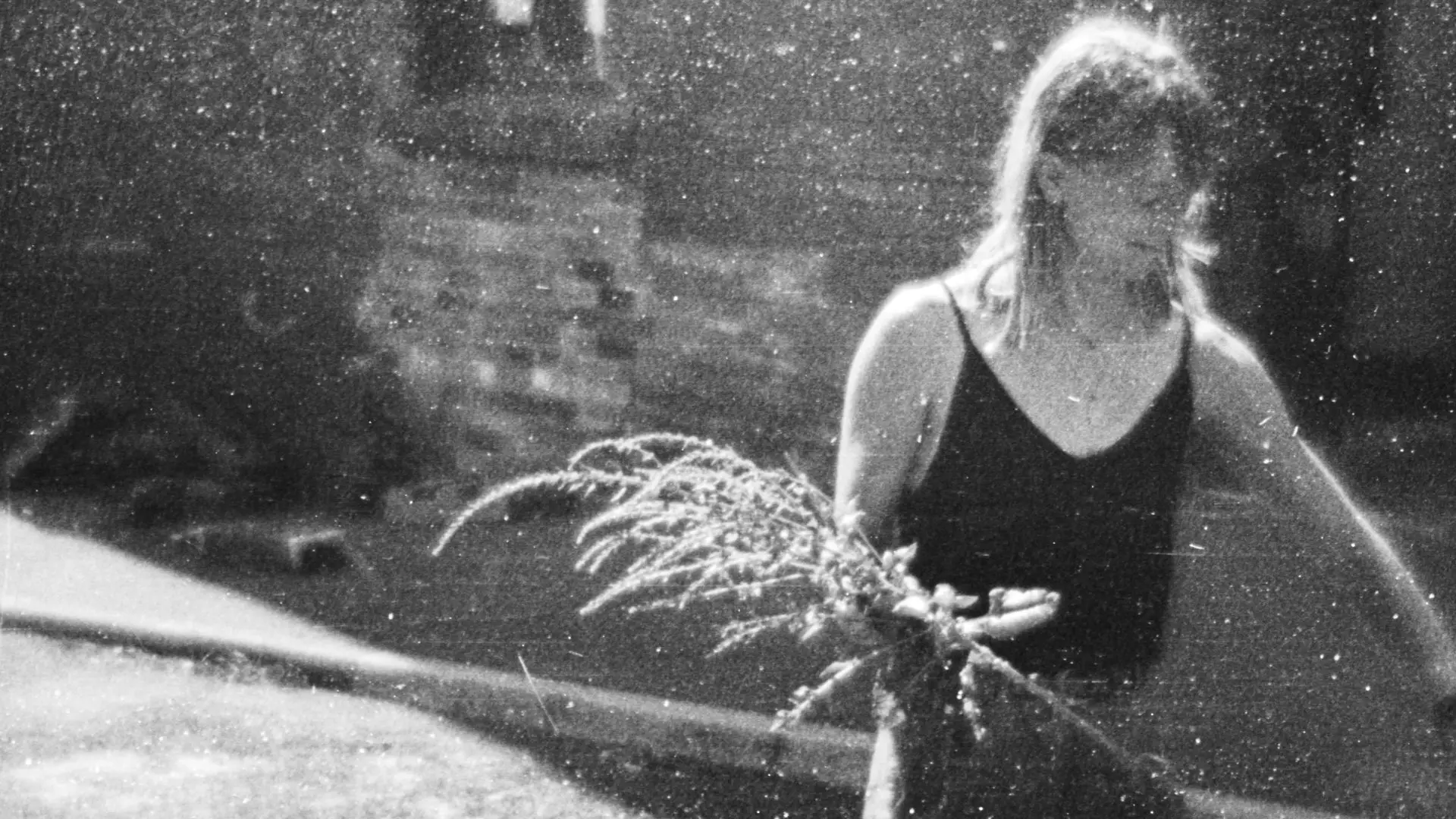
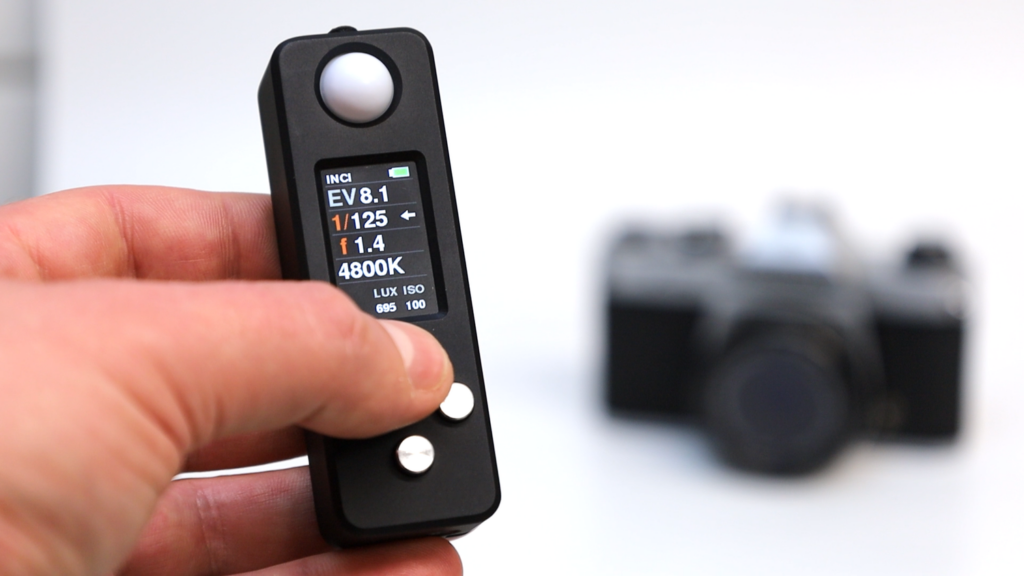
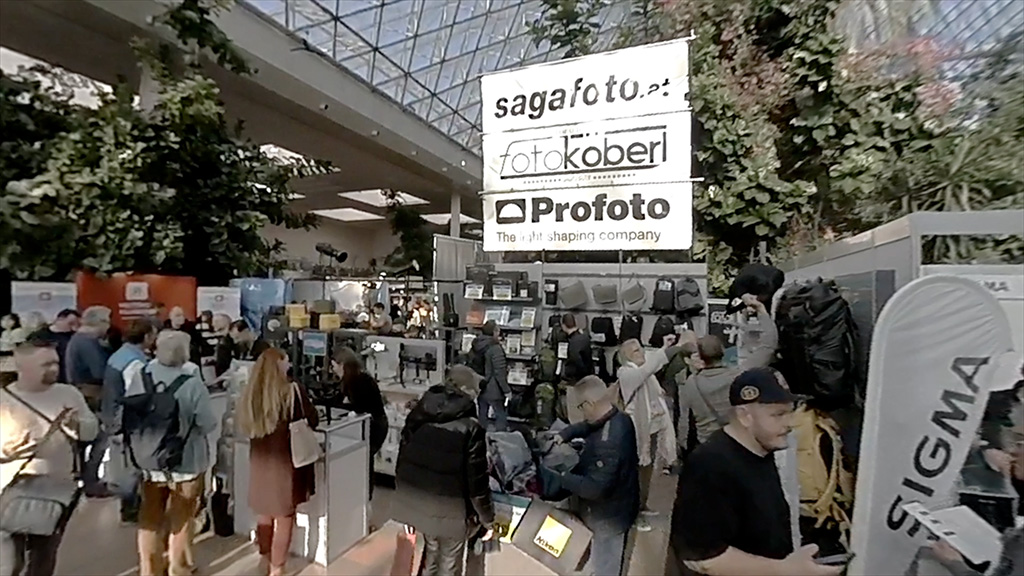
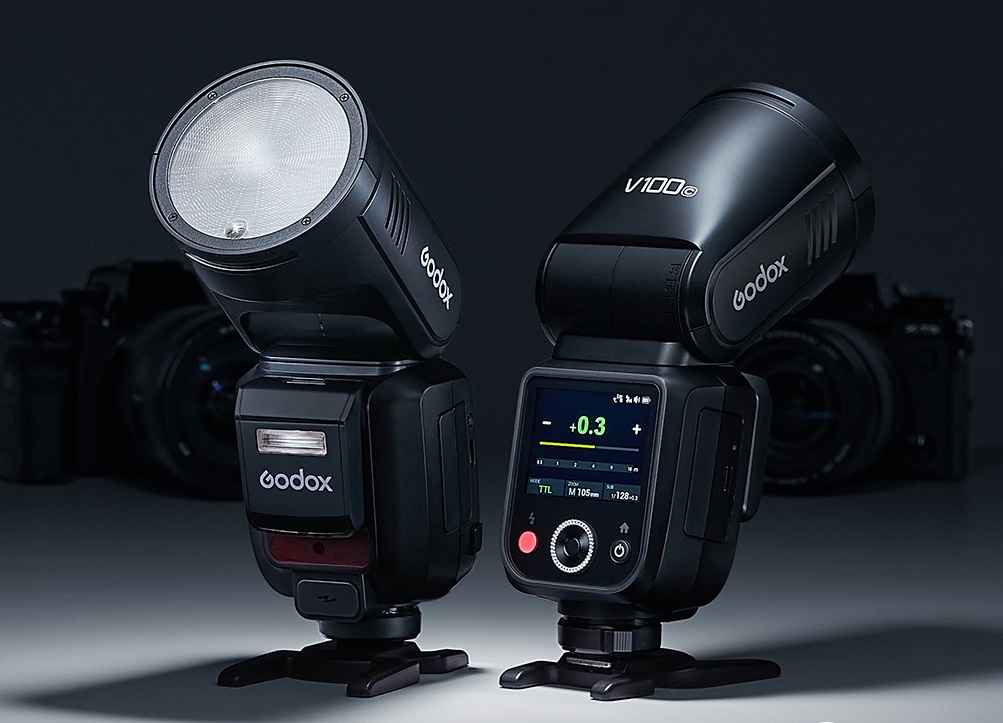
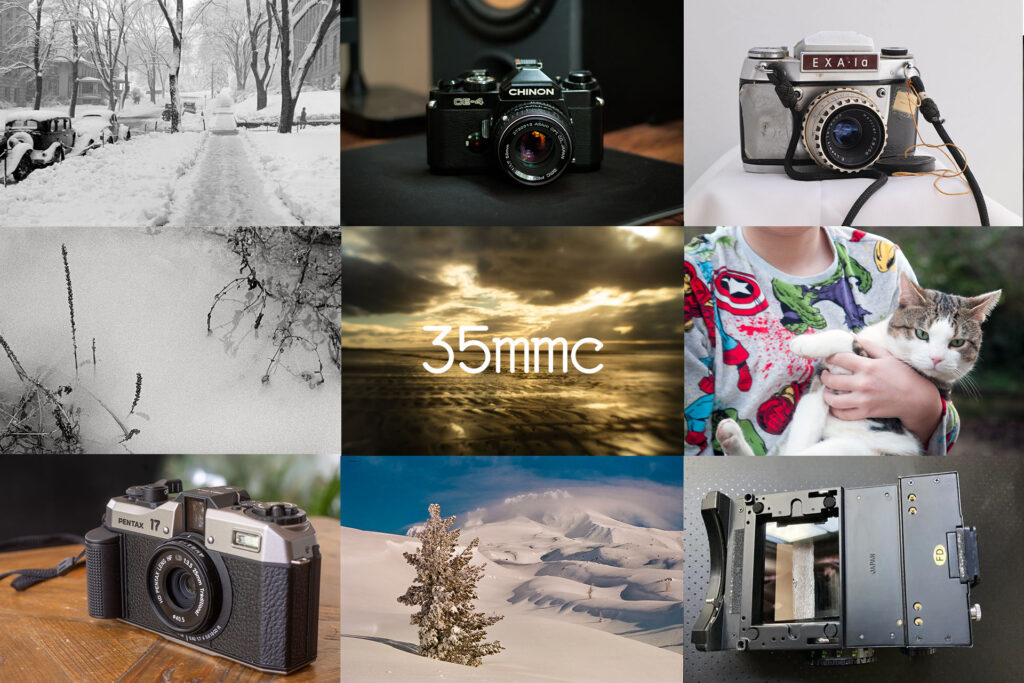




Comments
DANIEL J CASTELLI on NEWS: The Sustainable Darkroom’s Documentary Shares Eco-Friendly Vision for Photography’s Future
Comment posted: 23/12/2023
B&W photographers with home darkrooms, or community-based darkrooms are a niche element within the larger scope of traditional film photography.
Brand your efforts as alternative processes. But based on the images supplied for this article, you're not going to convince a number of film-based, darkroom practitioners to pour out their current chemistry.